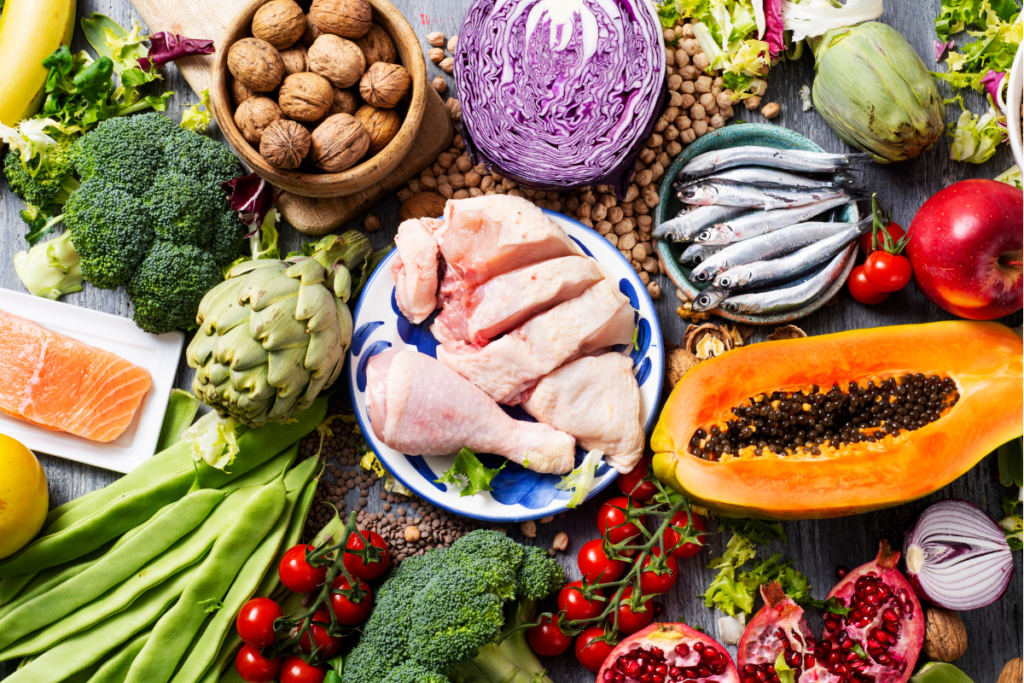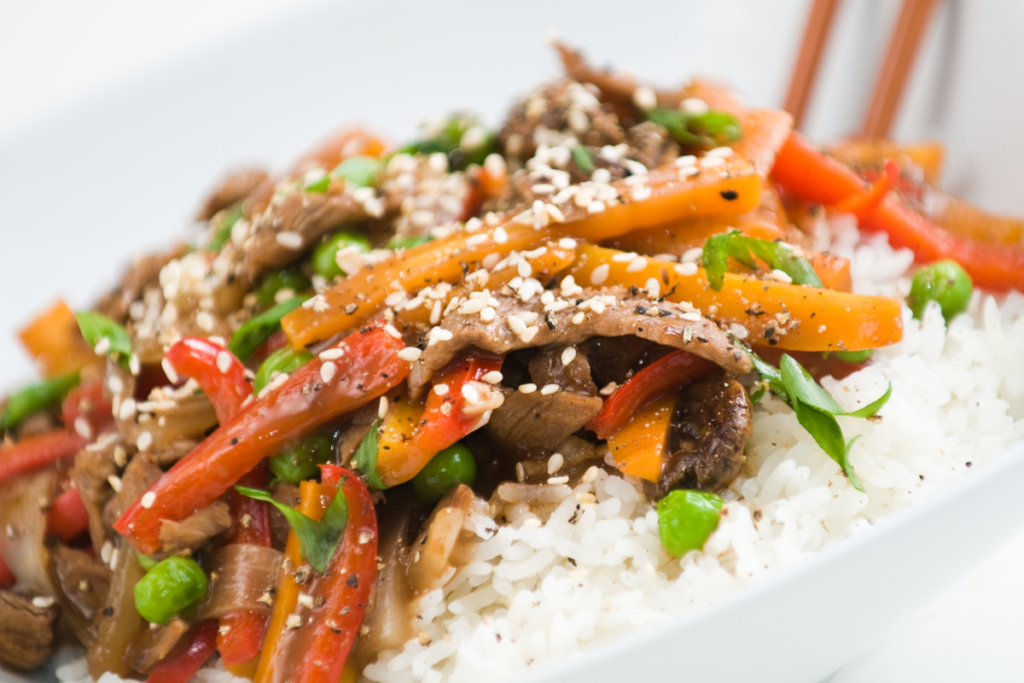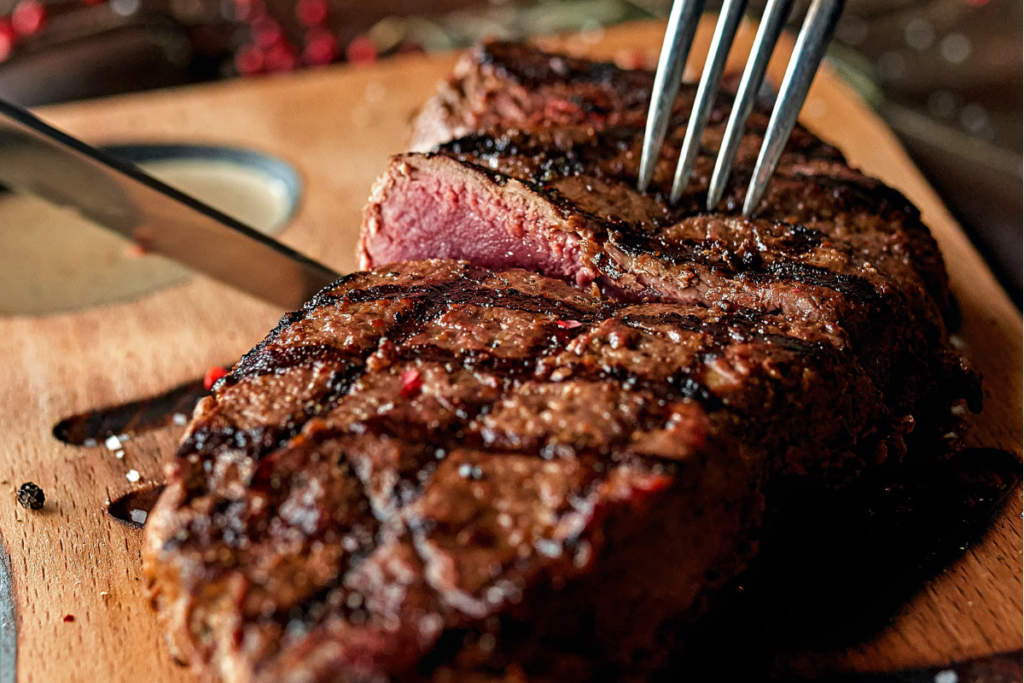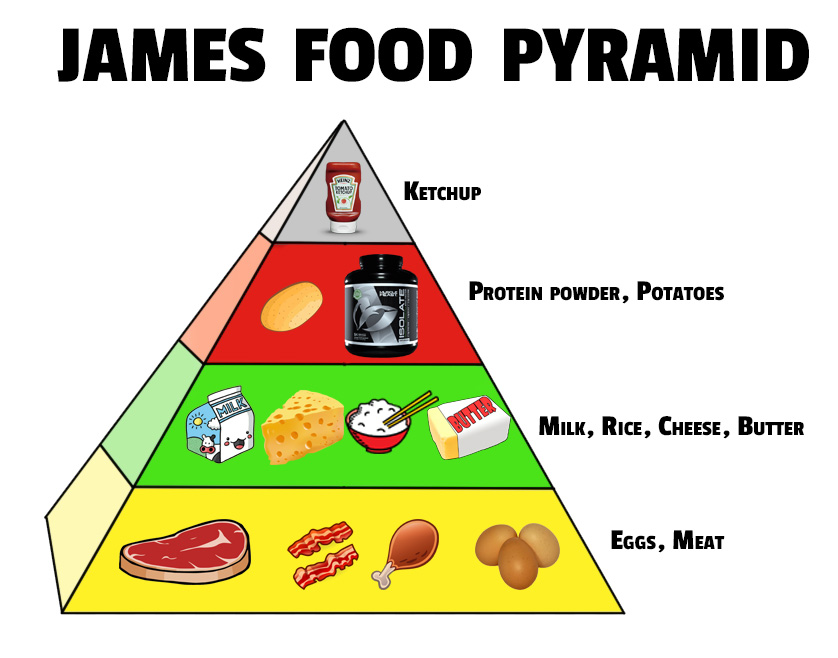From Paleo to the Gundry Diet to the Vertical Diet to the Carnivore Diet, see why Carnivore 2.0 is the best.
My journey from the standard American diet to Carnivore has slowly evolved over the last two decades. In college and in my 20s, I ate either eggs, oatmeal, or the occasional waffle or pancake for breakfast. Sandwiches or hamburgers were the standard lunch fare and dinner could be anything from chicken wings and fries to burgers and onion rings to homemade casseroles.


Paleo Diet
When I launched my CrossFit gym in 2008, Paleo began to increase in popularity thanks to Robb Wolf and other rogue nutritional gurus. Switching to Paleo was easy since it’s not very restrictive and can be followed without much change in eating habits.
Following the Paleo diet (meat, vegetables, fruit, nuts and seeds) takes little effort and the results are impressive if done correctly. Similarly, grocery shopping for Paleo takes little effort since the golden rule is to stay on the outside isles of the store, away from the processed, boxed and canned food on internal isles.
For about seven years, Paleo fit my social lifestyle and intense training schedule. But there were some severe challenges attached to the Paleo Diet that aren’t common knowledge. For instance, on Paleo, there are innumerable shortcuts like fruit, nut butter, chocolate and “Paleo desserts,” and I’d see clients and friends eating countless junk calories while on the Paleo diet.
Several people gained serious weight on strict Paleo and others saw their body fat increase while muscle mass decreased. Imagine eating an almond flour pancake covered in maple syrup for breakfast, fruit and nuts for lunch and a small meat & veg meal with a medjool date muffin covered in raw honey for dessert. Technically that’s a hardcore, 100% Paleo-approved day of eating.
Now, most people probably wouldn’t take the Paleo diet to that extreme, but you can see how after weeks of eating Paleo a person could easily gain weight.
A second challenge of Paleo is the gas and bloating that comes with eating vegetables. The most often suggested form of Paleo is a meat and vegetables heavy diet, minimizing fruits, nuts and sugars such as honey and maple syrup. But anyone who eats large amounts of vegetables, especially broccoli, brussels sprouts, kale or spinach knows there is significant bloating and room-clearing flatulence that inevitably comes with consuming those foods.
Nutritionists and vegetarians argue that flatulence comes from a lack of probiotics and digestive enzymes in the gut to break down those vegetables properly, prescribing a strict regime of supplements to counteract the vegetable’s wrath. But I would argue that both gas and bloating are your body’s way of telling you that you should avoid a particular food.
Gundry Diet
Dr. Steven Gundry created a rather new diet based solely on improving gut health. The Gundry Diet encourages eating a lectin-free diet to heal your gut and minimize autoimmune diseases that come from a leaky gut. Dr. Gundry lists both approved and disapproved foods for those following his suggestions.
Much more complicated and restrictive than the Paleo Diet, Dr. Gundry restricts most nuts and several vegetables that he considers the worst offenders. Healing the gut, in his opinion, is both about what you eat and what you avoid since eating the wrong foods creates gaps in your intestinal walls. These gaps allow undigested food to pass through, which is consequently attacked by your immune system, causing long-term autoimmune disease.
Having followed this diet for a short period of time, I found the flatulence and bloating remained despite what Dr. Gundry claims. He approves of broccoli, brussels sprouts and other cruciferous vegetables, which are notorious for being difficult to digest in most humans.
But most alarming is Dr. Gundry’s approval of seed oils like palm oil, canola oil and other toxic oils that contain dangerous amounts of linoleic acid proven to cause inflammation. And studies show linoleic acid has a strong correlation with cancer. While more restrictive than Paleo, The Gundry Diet has several severe drawbacks.

Vertical Diet
Bodybuilding expert Stan Efferding created an interesting diet called the Vertical Diet for those who need large amounts of energy and want to gain muscle without additional bodyfat. He accomplishes this by eating immense amounts of meat and white rice and a small amount of spinach and sweet potato. This allows an athlete enough carbs for intense exercise or sports, ample protein for muscle building and recovery, and ensures proper testosterone-fueling fats from the meat.
Efferding intentionally removes most fruits and vegetables from his recommendation since, he claims, the disadvantages of fruit and veggies far outweigh the potential benefits. Even more restrictive than both the Paleo and Gundry diets, the Vertical Diet consists of only a small amount of foods that make grocery shopping a breeze.
Also due to the ability to buy in bulk, the cost of the Vertical Diet is very reasonable. I followed the Vertical Diet for almost a year and loved the energy and vitality it offered. My training went to a new level and my testosterone remained high throughout. All bloating and flatulence disappeared, but what remained consistent was my endless hunger from the high amount of carbs. You could potentially eat more meat and fats while consuming less white rice to counteract the highs and lows of your insulin bouncing around, but the blandness and repetitive nature of the diet make this a challenge to follow long term.
Cycling carbs could potentially work to get leaner: Decrease your carb intake on days of inactivity and ramp up your intake on days of heavy activity. I personally loved the Vertical Diet and saw amazing results. But perhaps my favorite aspect of the Vertical Diet was the lack of stomach problems like acid reflux and bloating.

Carnivore Diet
What led me to the Carnivore Diet was my unending hunger and reliance on carbohydrates for energy. Carbs are like drugs, and I was hooked on white rice and the absurd energy it offered.
Anyone who goes a few hours without a meal on the Vertical Diet understands that your life revolves around food. This lifestyle only works if you live in a kitchen or travel with multiple Tupperware containers full of prepared meals.
The Carnivore Diet consists of meat, organs, eggs, raw honey, raw dairy (cheese, milk and butter) and select fruits.
Being the most restrictive diet on the list, eating the Carnivore Diet quickly becomes a lifestyle because your life revolves around meals. Eating at restaurants or friends’ houses becomes challenging unless they are ok with an almost entirely meat-based meal. Grocery shopping is simple because you buy meat and only a couple other items.
Most Carnivore followers exist in a constant state of ketosis unless they prioritize honey and fruit. A typical day is eggs and bacon or sausage for breakfast, hamburger patties for lunch, steak or chicken for dinner with a small piece of fruit or spoonful of honey for dessert.
My wife and I both followed strict Carnivore for more than six months, being in ketosis most of the time. I knew I was in ketosis because of my stinky breath, impossible to eradicate even with the most potent mouthwash, toothpaste or chewing gum.
The biggest drawback of Carnivore for both of us was the lack of energy. For myself, I noticed a decrease in emotional highs and lows, and I somewhat enjoyed the even-keeled mindset. But my performance in the gym and playing sports severely diminished, leading me to re-evaluate my diet choices.
The New Carnivore Diet: Carnivore 2.0
I loved many aspects of the Carnivore Diet, but I wanted to feel the vitality of the Vertical Diet without the dependence on carbohydrates. To achieve this goal, I added small amounts of white rice, occasional potatoes, spices, and ketchup as a condiment, and I started drinking milk after my workouts or eating cottage cheese. I call this Carnivore 2.0. All other aspects of the original Carnivore Diet remained the same—copious amounts of meat, eggs and butter, while eliminating fruits, vegetables, nuts, seeds and sugars.
Fruit, rice and sweet potatoes are some of the least offensive forms of carbs, which is one reason some followers (especially those with high activity levels) on the Carnivore Diet have begun incorporating them. Also, starchy carbs are ideal for athletes as they replenish muscle glycogen and starchy carbs, in particular, help with the absorption of protein and repair of muscle tissue.
All Diets Compared
Paleo seems to be a beginner’s diet because so many foods are allowed. But like all diets, its strength becomes its weakness, and many people lack the discipline to avoid sugar, fruit and excessive nuts. Weight gain and bloating are common on this diet if not seriously tweaked and refined.
Likewise, the Gundry Diet is easily followed, but the encouraged vegetables cause significant stomach problems and must either be supplemented with enzymes or removed. And most alarming is the encouragement of toxic seed oils. Again, personalizing your food list could overcome these challenges, but I suggest other diet options.
The Vertical Diet is much more restrictive when compared to Paleo and Gundry’s Diet. This limitation of foods, while difficult for some people long term, offers the greatest benefit. But again, the reliance on carbs for energy simply trades one problem for another.
The Carnivore Diet is the most restrictive of all the major diets, but it offers the most drastic results in both regulation of hormones and fat loss. But the repetitive nature of the meals and ultra-small food choices make long-term commitment challenging even for the most dedicated and disciplined. For those who can overcome the lack of energy inevitable with existing in a perpetual state of ketosis, the original Carnivore Diet offers tremendous benefits. But for those who want to increase their energy levels without becoming reliant on carbs, Carnivore 2.0 clearly bests all the above diet options.



Hello! Thank you for this breakdown of diets. My husband and I are exploring the carnivore diet, but still trying to figure out the right balance that works for us. I am curious as to how this works as a family. We have 6 children and I don’t feel the need to restrict them this much. Do you involve your children in these food choices? Do you make different foods for them for meal times? Can you share some tips on how to make this manageable for a large family? Thank you!!